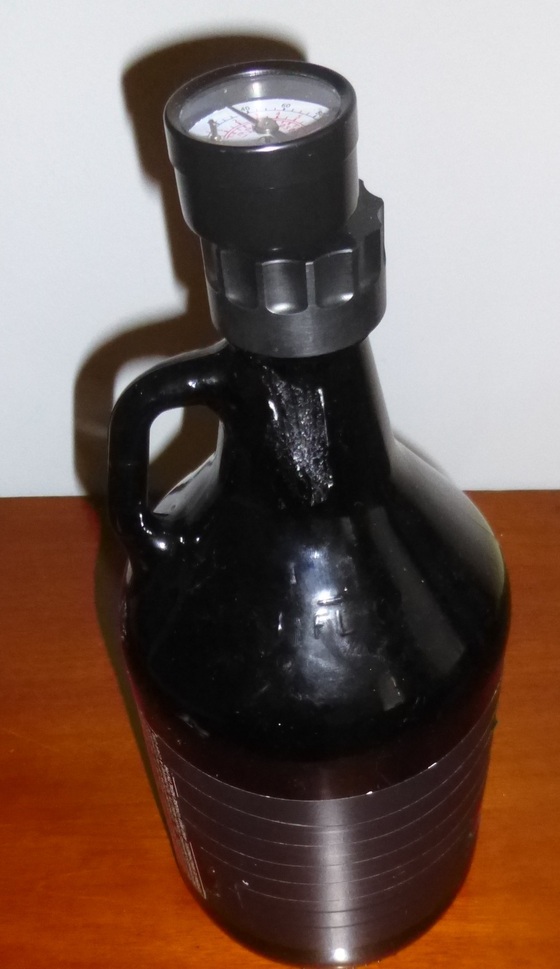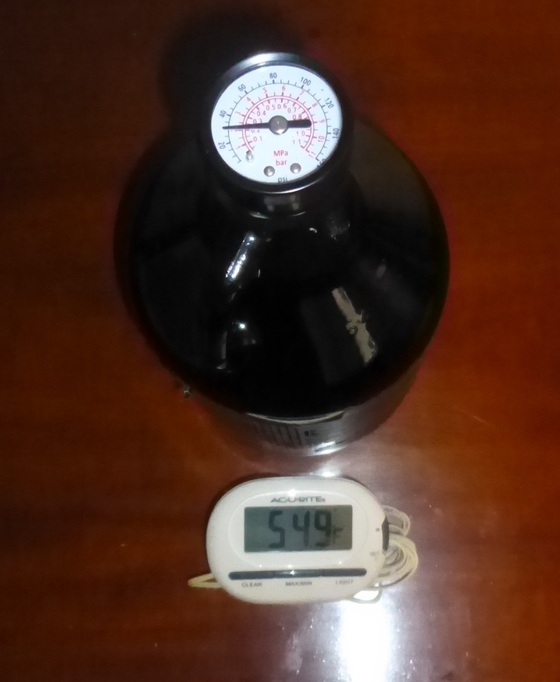Of course we know that the pressure inside a freshly filled growler at serving temperature is going to be very close to the pressure used to carbonate/serve a beer (most likely it will be slightly lower due to headspace and some carbonation lost during growler filling), but I never thought that such a slight rise in temperature could cause a filled growler to be anywhere near 30psi.
If you know the pressure is going to be close to the carbonation pressure, you should expect it to be near 30 psi as it warms up, as any kegging carb chart or calculator would tell you. His data is nice, but it's nothing unexpected.
I've gotten tons of growlers filled, and I've always gotten them into the fridge ASAP. I just try to keep things as safe as I can. I don't have much of a concern about filled growlers as long as they're kept cold. In fact, one of my local brewpubs warns me every time I grab a growler of their hefe that if I let it come to room temp it might burst.
I really try not to pressurize anything that doesn't have a pressure rating associated with it. When I use an air compressor, everything from the tank to the tubing to the valves to my car tire all have pressure ratings. My CO2 cylinder has a pressure rating, the regulator, the tubing, the kegs themselves, etc.
As previously posted, my point is that
the pressure rating of a Sanke keg is not determined by the manufacturer of the coupler, and in the same manner the pressure rating of a growler should not be determined by the manufacturer of a growler saver cap.
It is true that many regular glass beer bottles don't have a pressure rating, and most homebrewers use a mix of beer bottles from different brewers and manufacturers so it would be hard to track down an actual rating for eac one. But some manufacturers do provide pressure ratings for the bottles (I've seen 45 psi before), which should be fine for 3 volumes of CO2 provided you keep the bottles below 80 degrees F.
Even without that pressure rating, all our anecdotal evidence demonstrates that a properly treated beer bottle won't explode at normal carb levels and temperatures. For growlers, with a thinner wall at the neck compared to a beer bottle, there's much more anecdotal evidence for them bursting during bottle conditioning or even just cleaning, and there are warnings against it from some vendors. That's enough for me to stay away.
Again, I have nothing against the Growler Saver product. I like the design, and I appreciate the PRV. I just wish we could get a growler manufacturer to give us a pressure rating.





